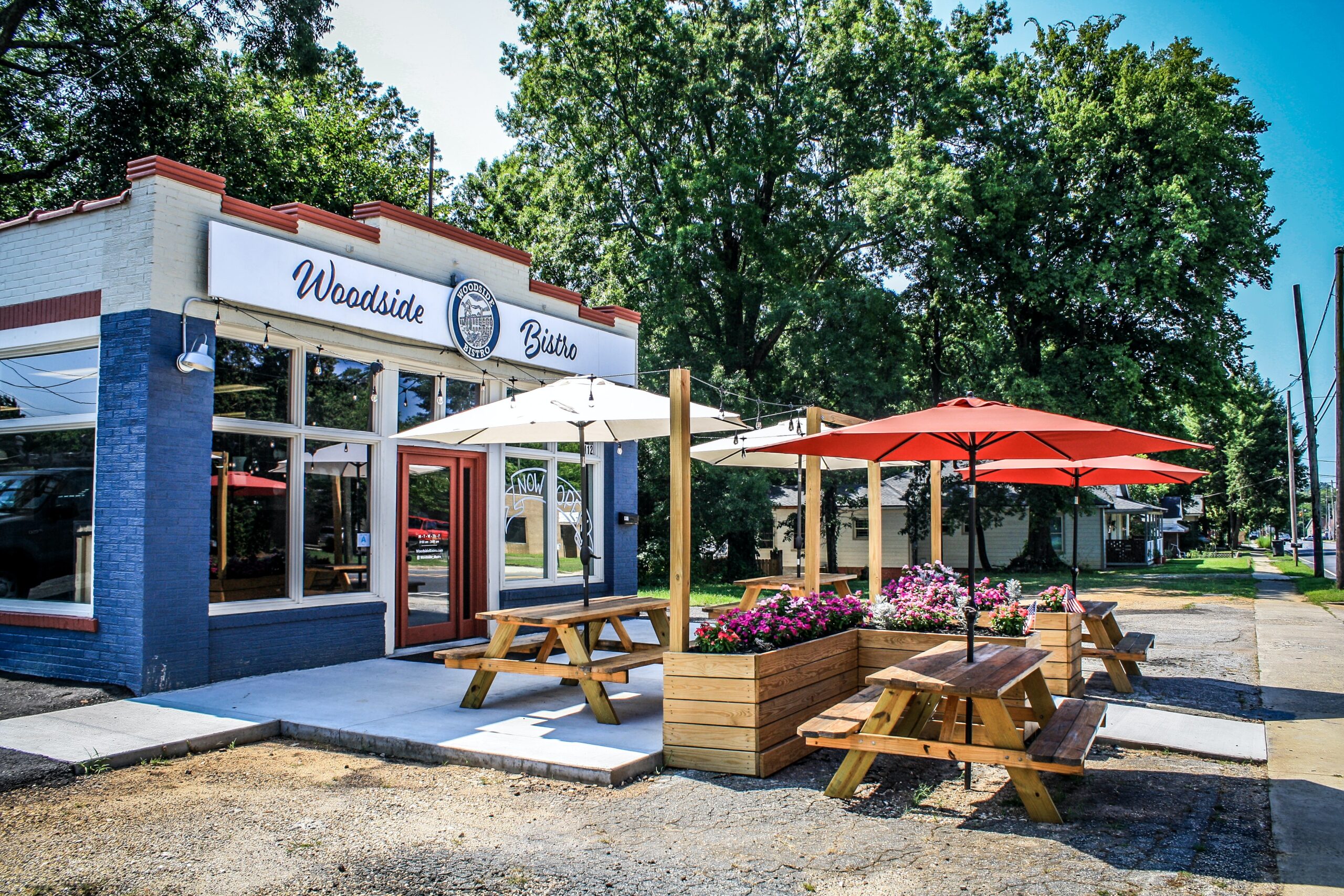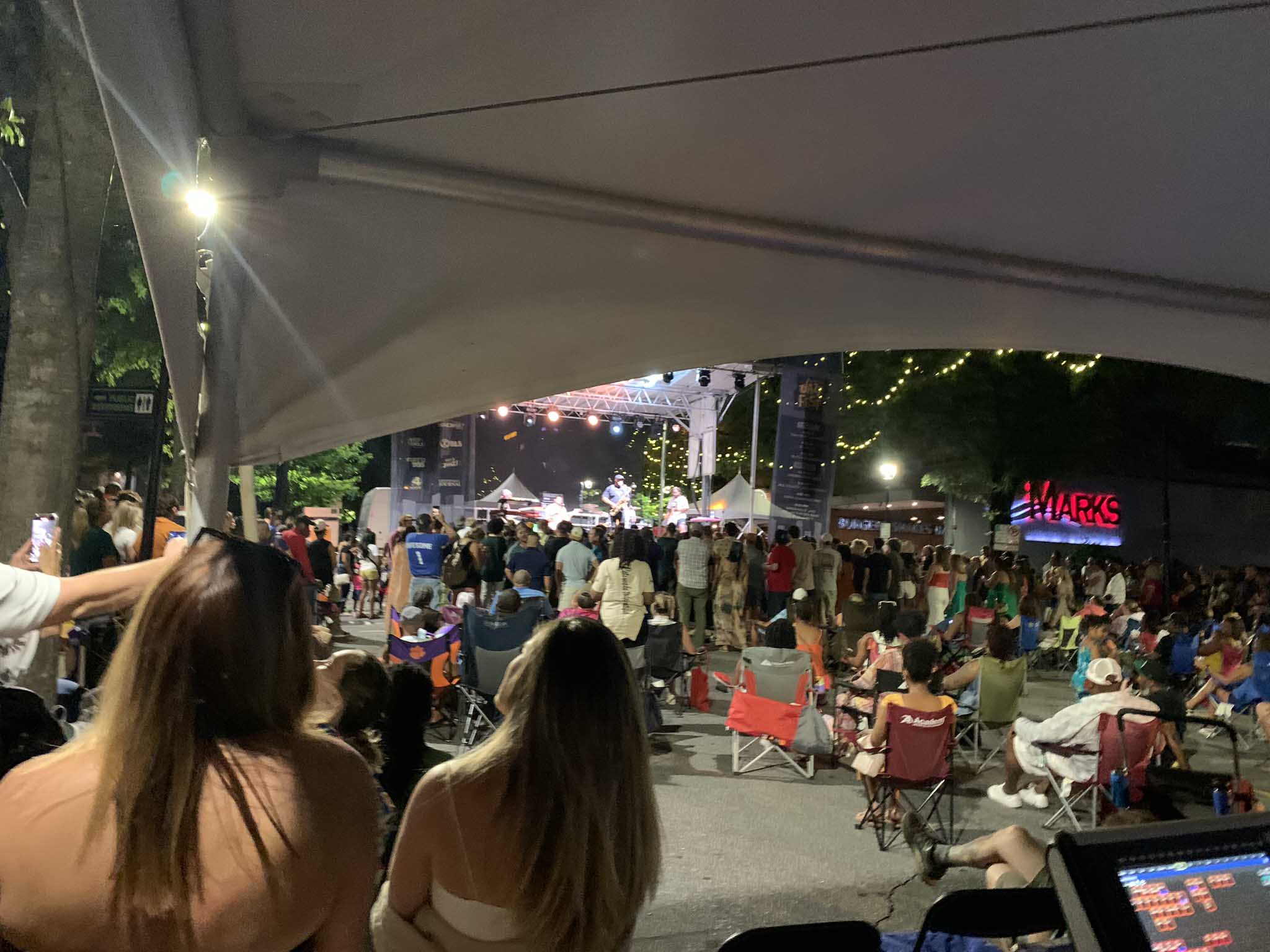Photo by Jonathan Hanna on Unsplash
Greenville, South Carolina, is a city that embraces its rich historical legacy while simultaneously striving for progress and innovation. Nestled in the heart of the Upstate, Greenville’s historic districts serve as living testaments to the city’s past, offering a unique blend of architectural styles, stories, and cultural heritage that can be appreciated by residents and visitors alike.
The City of Greenville has designated several historic districts, each with its unique character and charm [1]. Among these are the East Park Avenue Historic District, the Hampton-Pinckney Historic District, and the Pettigru Street Historic District. Each area boasts an array of well-preserved structures, ranging from grand Victorian homes to quaint Craftsman bungalows, reflecting the city’s diverse architectural history.
Preserving these historic districts is a community effort, with various stakeholders playing a vital role. The Greenville Historic Preservation Commission [2], for instance, oversees the designation and regulation of historic properties, ensuring that alterations and new construction projects align with established guidelines. Additionally, local preservation groups, such as the Preservation Society of Greenville [3], work tirelessly to advocate for the protection and conservation of the city’s architectural heritage.
Historic preservation has numerous benefits, both cultural and economic. According to a study by the Advisory Council on Historic Preservation [4], preserving historic districts can boost property values, promote sustainable development, and foster heritage tourism. In Greenville, these benefits are apparent in the thriving business district of West End [5], where the revitalization of historic structures has spurred economic growth and attracted visitors to the area.
However, the preservation of historic districts is not without its challenges. As Greenville continues to grow, conflicts can arise between preservationists and those advocating for new development [6]. Balancing the need for progress with the desire to protect the city’s historic fabric requires thoughtful dialogue and collaboration among various stakeholders, including property owners, developers, and preservation advocates.
Greenville’s historic districts represent a tangible connection to the past, offering valuable lessons and insights for future generations. By preserving and celebrating these unique spaces, the city not only honors its heritage but also fosters a sense of community pride and continuity that enriches the lives of all who call Greenville home.
[1] City of Greenville, “Historic Districts,” https://www.greenvillesc.gov/166/Historic-Districts [2] Greenville Historic Preservation Commission, “Role and Responsibilities,” https://www.greenvillesc.gov/165/Historic-Preservation-Commission [3] Preservation Society of Greenville, “Advocacy and Preservation,” http://www.preservationsocietygreenville.org/ [4] Advisory Council on Historic Preservation, “Economic Benefits of Historic Preservation,” https://www.achp.gov/economic-benefits [5] West End, “Historic District Revitalization,” https://www.greenvillewestend.com/ [6] Greenville News, “Balancing Preservation and Development,” https://www.greenvilleonline.com/balancing-preservation-development/




